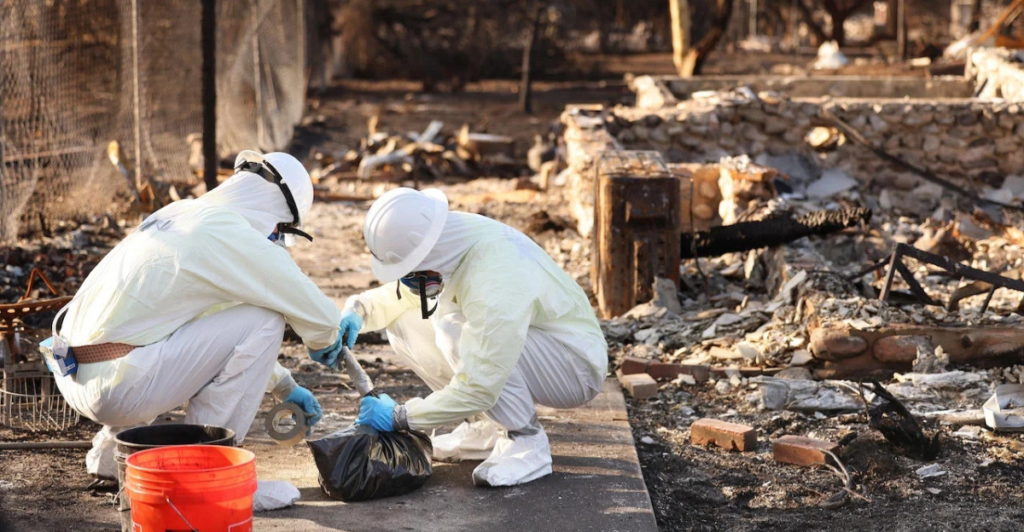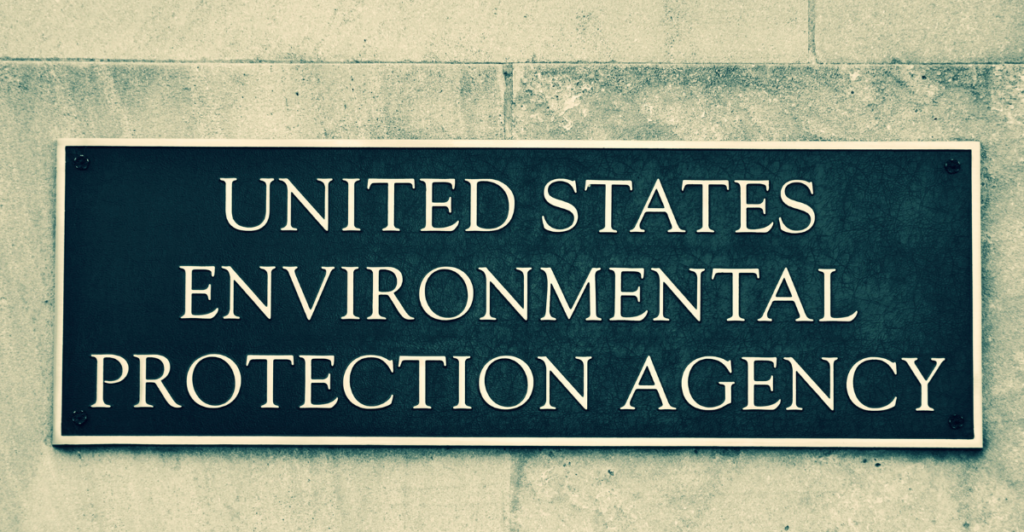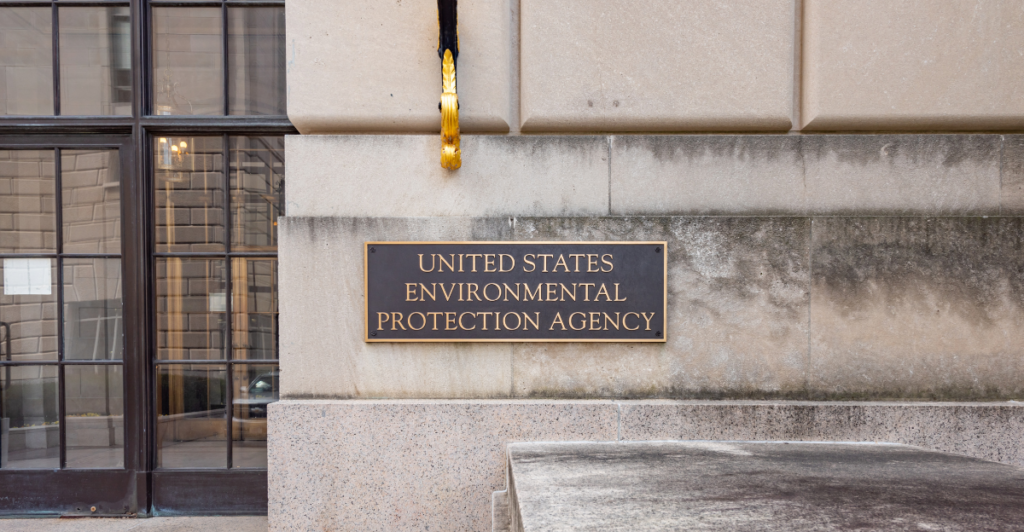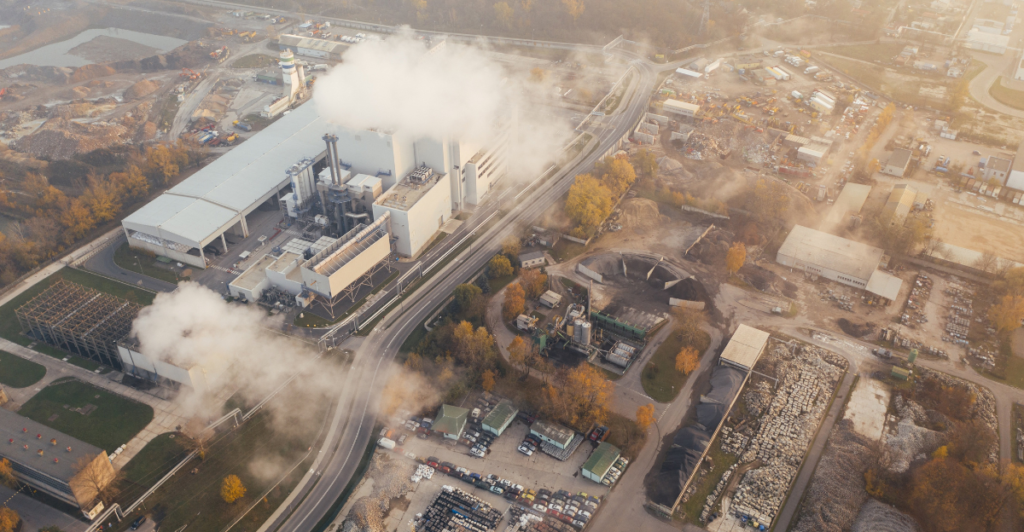
A half-million-dollar lifeline for environmental justice just disappeared—and no one seems to know exactly why. The EPA has pulled funding meant to help plant trees, clean the air, and protect vulnerable communities in McLean County, leaving local advocates scrambling. Was it politics, budget cuts, or something else? Here’s what happened, why it matters, and what comes next for those fighting to keep the project alive.
Why Did the EPA Cancel a Half-Million-Dollar Grant?

The Environmental Protection Agency (EPA) recently revoked a $498,000 grant awarded to the Ecology Action Center (EAC) in McLean County, Illinois. This grant, part of the Environmental Justice Collaborative Problem-Solving (EJCPS) program, aimed to address air and water quality issues in underserved communities.
The decision is part of a broader initiative by EPA Administrator Lee Zeldin, who cut over 400 grants totaling $1.7 billion, primarily targeting programs related to diversity, equity, inclusion (DEI), and environmental justice. Zeldin argues that these cuts eliminate wasteful spending and improve fiscal responsibility.
However, critics contend that slashing environmental justice funding disproportionately harms vulnerable communities and ecosystems. The grant’s removal raises concerns about the EPA’s commitment to addressing pollution-related health risks in disadvantaged areas, leaving affected communities scrambling for alternative solutions.
How Have Environmental Justice Efforts Evolved Over Time?

The environmental justice movement gained momentum in the 1980s as marginalized communities disproportionately suffered from pollution exposure. In 1992, the EPA established the Office of Environmental Justice to ensure equitable environmental policies.
Over the years, initiatives like the Inflation Reduction Act expanded funding for clean energy and climate adaptation projects. The Biden administration prioritized environmental justice, increasing financial support for community-led sustainability projects. However, the recent funding cuts mark a stark shift in priorities, potentially unraveling decades of progress.
Many communities depend on federal support to mitigate environmental hazards. The grant’s cancellation highlights a fundamental policy change, leaving organizations struggling to continue their work. If these trends persist, vulnerable populations could face increased pollution exposure, exacerbating environmental health disparities that the movement initially sought to address.
How Do These Cuts Impact Local Economies?

Environmental justice programs aren’t just about conservation—they also drive economic growth. Many of these initiatives create jobs by funding clean energy projects, infrastructure improvements, and conservation work.
The revoked EAC grant was intended for projects such as tree planting and climate risk assessments, which would have provided employment opportunities while improving environmental conditions. By eliminating funding, the EPA risks stalling economic progress in disadvantaged areas. Critics argue that cutting these grants in the name of fiscal responsibility overlooks the broader economic benefits they bring.
These initiatives reduce healthcare costs by lowering pollution-related illnesses, enhancing community resilience against climate change, and stimulating local economies. Without this funding, communities could face increased unemployment, weakened climate resilience, and greater economic disparities, reinforcing systemic disadvantages that environmental justice programs aimed to reduce in the first place.
What Are the Environmental Consequences of These Cuts?

Revoking environmental justice funding threatens ongoing efforts to combat climate change and protect biodiversity. In McLean County, the Bloomington-Normal Climate Responsive Community initiative was set to improve air quality and mitigate climate risks through tree planting and community engagement.
Without federal support, these projects remain incomplete, increasing exposure to pollution and extreme weather. Environmental experts warn that cutting funding for local sustainability programs undermines national carbon neutrality goals. Communities already struggling with pollution now face greater vulnerability to health risks and environmental degradation.
The EPA’s decision raises concerns about long-term sustainability, as defunding these programs could accelerate ecosystem decline. Experts fear that without intervention, the burden of climate change will fall disproportionately on marginalized communities, widening existing environmental injustices and threatening biodiversity across affected regions.
How Do These Cuts Affect Marginalized Communities?

Environmental justice is deeply connected to social equity. Historically, marginalized communities have suffered higher exposure to pollutants due to systemic disinvestment and proximity to industrial sites. The EPA’s decision to revoke grants directly affects these populations by stripping essential funding meant to address these disparities.
Many underserved neighborhoods rely on environmental grants to improve air and water quality, reduce pollution-related health risks, and combat climate change. Without financial support, these communities face heightened risks of water contamination, respiratory diseases, and poor overall health.
Critics argue that removing environmental justice funding perpetuates cycles of poverty and environmental degradation. Additionally, it erodes public trust in federal agencies responsible for safeguarding public health. As these communities struggle to find alternative solutions, the long-term consequences of these funding cuts remain deeply concerning.
Is Politics Driving These Funding Cuts?

The EPA’s decision to cut environmental justice grants aligns with broader political trends emphasizing deregulation and reduced government spending. Administrator Zeldin has justified these cuts as eliminating “wasteful” expenditures, positioning the decision as a measure of fiscal responsibility.
However, environmental advocates argue that these cuts reflect a politicized attack on programs aimed at addressing systemic inequities. The claim that environmental justice grants are wasteful lacks substantial evidence, raising concerns that ideology is shaping environmental policy rather than data-driven decision-making.
Historically, shifts in federal administrations have influenced environmental policy, but the scale of these cuts suggests a drastic redirection. The removal of funding for vulnerable communities’ environmental initiatives has led to growing backlash, with critics calling for renewed bipartisan support to reinstate essential environmental justice funding.
How McLean County Is Affected by These Cuts

The loss of the $498,000 EPA grant has left McLean County’s Ecology Action Center scrambling to adjust. The funding was meant to support initiatives improving air quality in historically disinvested neighborhoods, including tree planting, climate risk assessments, and partnerships with Illinois State University researchers.
Without this grant, these projects are at risk of being delayed or canceled entirely. Local residents who were set to benefit from cleaner air and greener spaces now face an uncertain future. The case of McLean County exemplifies how federal funding decisions directly impact local sustainability efforts.
Community-driven initiatives face challenges in sustaining their efforts without financial backing. The consequences of these funding reductions go further than just ecological issues; they also impact public health, local job opportunities, and the enduring strength of communities.
The Long-Term Consequences of Cutting Environmental Justice Grants

Beyond immediate impacts, cutting environmental justice grants could have lasting ripple effects. Without funding, pollution-related health disparities will likely worsen, increasing cases of asthma, cardiovascular diseases, and other respiratory issues in affected communities. Economic stagnation may follow as clean energy jobs disappear, leaving struggling areas with fewer employment opportunities.
Nationally, weakened climate initiatives hinder the country’s ability to meet global carbon reduction commitments, diminishing U.S. leadership in climate action. Environmental experts warn that defunding these programs will accelerate ecological degradation, making future climate adaptation efforts even more expensive and difficult.
The cumulative effect of these funding cuts underscores the interconnected nature of environmental policy, public health, and economic stability—raising concerns about the long-term consequences of prioritizing short-term budget reductions over sustainability.
What Can Be Done to Restore Environmental Justice Funding?

Reinstating environmental justice funding requires a coordinated effort from policymakers, advocacy groups, and affected communities. Environmental organizations can mobilize public support and pressure lawmakers to restore funding. Bipartisan efforts must prioritize equity-driven policies to ensure vulnerable populations receive the necessary resources.
Strengthening partnerships between federal agencies and local organizations can help direct funding where it’s most needed. Additionally, leveraging private-sector investments in sustainability initiatives can help offset financial gaps. Many experts advocate for long-term policy solutions that secure stable funding for environmental justice programs, protecting communities from sudden budget cuts.
Addressing environmental justice requires more than just funding—it demands a commitment to equitable policies that prioritize both ecological conservation and public health. The fight to restore these grants is far from over.
Explore more of our trending stories and hit Follow to keep them coming to your feed!

Don’t miss out on more stories like this! Hit the Follow button at the top of this article to stay updated with the latest news. Share your thoughts in the comments—we’d love to hear from you!







